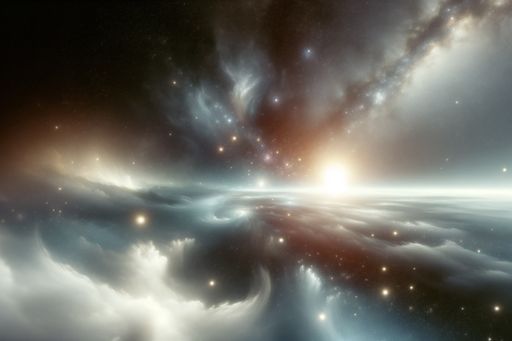How to Watch the Geminid Meteor Shower
This article provides information on how to watch the Geminid meteor shower, one of the best and most reliable annual meteor showers.

When and Where to Watch
The Geminid meteor shower is expected to peak this week, offering a spectacular display of meteors in the night sky. This annual event is unique because it can be seen from anywhere around the world. The active range of the meteor shower is from November 19 to December 24, but the peak will occur on December 14 at 2 a.m. This year's peak is especially exciting because it falls just after the new moon, meaning the sky will be dark and ideal for meteor watching.
Conditions for Viewing
To get the best view of the Geminid meteor shower, it's important to find an area away from city lights and streetlights. These sources of light pollution can greatly diminish the visibility of meteors. Additionally, viewers should come prepared for winter temperatures. It is recommended to bring a sleeping bag, blanket, or lawn chair for comfort during the viewing. The shower starts at approximately 9 or 10 p.m. and continues until dawn, so viewers should plan to spend several hours outside. It may take some time for the eyes to adjust to the dark sky, so patience is key in spotting the meteors.
When it comes to positioning, lying flat on your back with your feet facing south is recommended. This allows for a wide field of view, maximizing the chances of seeing meteors. After about 30 minutes in the dark, the eyes will adapt and the meteors should become visible. It's important to be patient, as the meteor shower will last until dawn, providing plenty of time for viewing. It's worth noting that under perfect conditions, up to 120 Geminid meteors can be seen in the sky per hour at the peak. However, there may be long stretches without any meteors, so it's important to manage expectations and enjoy the experience.
Conclusion
The Geminid meteor shower is a highly anticipated annual event that offers a stunning display of meteors. This year's peak on December 14 at 2 a.m. is particularly exciting due to the dark sky conditions. By finding a location away from light pollution and coming prepared with warm clothing, viewers can increase their chances of witnessing this incredible celestial phenomenon. Remember to be patient and take in as much of the sky as possible for the best viewing experience. Enjoy the show!



